The Alienware AW2725Q offers the same chart-topping performance we saw on the AW3225Q but in a smaller and sharper package. 27-inch models are typically limited to 1440p, enabling this newbie to fill in a gap that’s highly desired by many gamers. It is not cheap, even if it’s a 4K OLED under a thousand bucks, but let’s dig deeper to see its merits.
Alienware AW2725Q Specifications
- Screen Size: 27 Inches
- Resolution: 3840 x 2160 UHD
- Aspect Ratio: 16:9
- Panel Technology: QD-OLED
- Refresh Rate: 240Hz
- Response Time: 0.03 ms
- Contrast Ratio: 1500000:1
- Brightness: 1000 cd/m2 (HDR Peak)
- Built-in Speakers: None
- Stand: Height – Yes
- Stand: Tilt – Yes
- Stand: Swivel – Yes
- Stand: Pivot– Nol
- VESA Compatibility: Yes (100 x 100)
- Connectivity: DisplayPort 1.4 DSC x 1, HDMI 2.1 x 2, USB-C PD15W x 1, USB 5Gbps x 4, 3.5mm Jack x 1
- Dimensions With Stand (WxHxD): 24″ x 20.32″ x 8.27″
- Weight: 14.97 lbs
Design and Features
The Alienware AW2725Q has the new Interstellar Indigo finish as opposed to the Lunar Light on the larger model, so it looks sleeker. The matte black finish looks clean, and it has discrete RGB lighting that you can manipulate in the OSD. The screen has a bezel-free design, but the panel still has inner borders like most modern displays.
This new model has a nicer box, but the experience it offers is mostly the same because of Dell’s commitment to lessen waste. The major parts are arranged in order for easy assembly, starting with the base which screws into the upright without tools. You only have to snap the stand into the cabinet and bring it out safely after that.
The box also includes cables for DisplayPort, HDMI, and USB, along with the main power wire. A small box is in there carrying reats like stickers, along with a calibration report and a setup guide. The display cables are designed for high-bandwidth operation, so make sure to keep them in case you need one for something like the PS5 Pro.
The Alienware AW2725Q is quite light for its size, so its very easy to move around or bring with you to a LAN party or event. The whole thing only weighs 14.97 pounds in total, but it doesn’t feel cheap or flimsy at all. Even the package was lighter compared to the other Dell behemoths we’ve reviewed.
Its control layout has been improved compared to older Alienware or Dell monitors we’ve reviewed in the past. The joystick is in the middle of the bottom strip, but the power button is located towards the right. The latter has RGB lighting, so it is hard to miss as well, but it’s nice that they are clearly separated.
The Alienware AW2725Q’s connectivity layout includes high-power connectors for its top-end output. It has DisplayPort 1.4 DSC and two HDMI 2.1 ports, along with four 5 Gbps USB ports for your transfers. It also has a 15-watt USB-C slot for accessories, allowing you to streamline your setup and gadgets.
Its not designed with a panel cover for the I/O like the AW3223Q, so the ports and cables will be exposed at the back. That’s understandable since this monitor was not designed to be the top dog, but we’re bummed they didn’t do it for this too.
The included stand offers tilt, swivel, pivot, and height adjustments for your comfort and convenience. It is very easy to get a good viewing angle, so you don’t have to buy a new arm for more flexibility. You can still buy one since it’s compatible with VESA adapters,
The redesign looks more sophisticated and less intrusive, and its cable-tidy hole is easier to access. The base is flat and very easy to slip under a keyboard, so your desk will still be manageable compared to most. Overall all we like Alienware’s direction even if it looks less fancy, since functionality is king in our books.
The Alienware AW2725Q doesn’t have speakers, but that omission is quite common for OLED panels. Most of them are very thin, and gaming variants like this are designed to be very immersive. It would be better to use headsets instead since those drown out the world while you’re engrossed in your favorite title.
Display and Performance
The Alienware AW2725Q sports a 27-inch QD-OLED panel with a 3840 x 2160 resolution, a 240Hz refresh rate, and a 0.03ms response time. Its brightness output has a 250 cd/m2 typical and a 1000 cd/m2 peak, while the contrast is listed at 1500000:1 for true HDR performance. This monitor has a glossy finish, so colors look unfiltered and pop out more.
What makes this monitor stand out is its size, which is uncommon for a 4K OLED display. Similar options like the Alienware AW2725DF are limited to 1440p, so most are stuck with the larger 32-inch displays if they want 4K. That means it’s sharper and clearer, although reading or document processing can be a bit more difficult.
The Alienware AW2725Q fired up without issue once plugged in, but it didn’t default to 240Hz immediately. The panel health overlay we saw on the AW3225QE is not present here, but that doesn’t mean that this won’t stay burn-in free for a long period. It’s not equipped for full productivity, but that’s understandable since that’s beyond Alienware’s prerogative.
The Alienware AW2725Q covered 100% sRGB and 94% of DCI-P3 for great colors in games and movies. Its default accuracy had a deltaE average of 1.81, so its good to go out of the box. Most users won’t need to calibrate it, so it is ready for gaming as soon as you activate its 240Hz output.
Calibrating it did not do well in our test since the dE average rose up to 2.0. That’s still not bad, but it is not the noticeable improvement we expected after using a colorimeter. It is not worth getting the gadget this time, although it can help tweak some of the coolness of the colors out.
The QD-OLED’s brightness reached 221 cd/m2 at 100%, but it peaked well over 900 cd/m2 in HDR scenery. Its contrast is incalculable, thanks to its individually dimming pixels, so gradients and dark colors look perfect. This monitor is fantastic for games and movies, making it a future best-seller for enthusiasts.
Panel uniformity for a test sample did not show any major issues since there is no backlight to cause havoc. It is not perfectly even, but the variances are too small to notice. Note that OLEDs are prone to burn-in if you don’t take care of them, and outputs can still vary between units made.
Its pixel response time might as well be accurate since it’s lighting fast in this regard. It’s practically blur-free, so fast-paced and contrasting transitions look fantastic and smooth. Other panel types have to rely on trickery like overdrive, but that is simply not the case this time.
The Alienware AW2725Q is a FreeSync Premium Pro monitor that’s G-Sync compatible. It doesn’t have the G-Sync module, but tearing and stuttering will still be curbed by the monitor’s system. Its input lag sits at a little over 1 ms at 240 Hz, making this one of the fastest 4K monitors in the world.
Thoughts on the Alienware AW2725Q
The Alienware AW2725Q is a fantastic specimen when it comes to image quality and gaming performance. It offers excellent HDR imagery through its profound colors and contrast, plus it is very fast and responsive. The aesthetics have been redesigned, but the reliability is still there, as expected.
Our main complaint with the Alienware AW2725Q is its lack of options that can make it more flexible for work or productivity. It’s also quite expensive for a 27-inch QD-OLED, but it’s a new panel that has a 4K 240Hz output. It’s a good investment in our eyes, but we still like the AW3225QE better.
Pros:
- Excellent Color and Contrast
- Brilliant HDR
- Accurate Out of the Box
- Beautiful and Functional Design
Cons:
- Slightly Dimmer
- Expensive
- Overall
About the Author: 
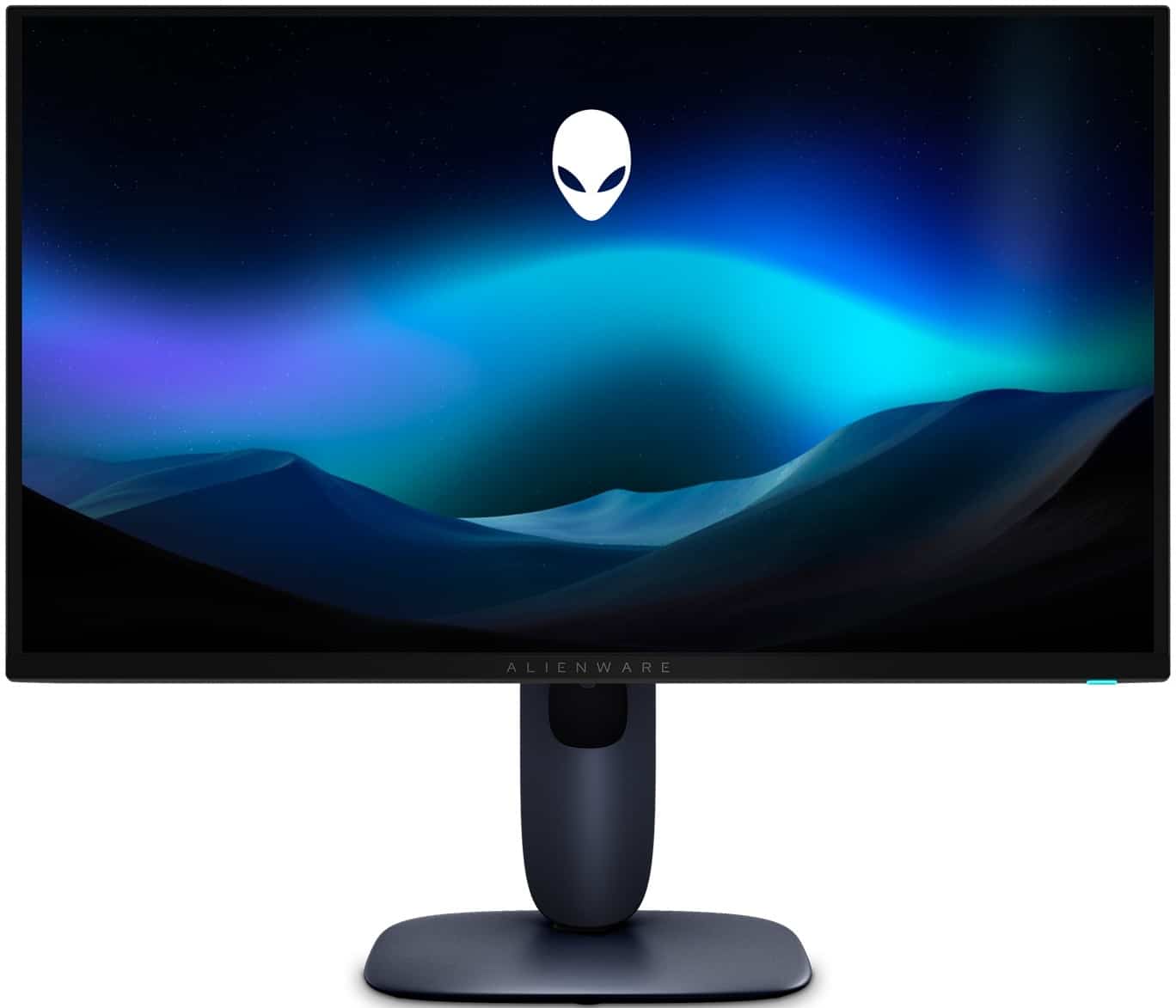
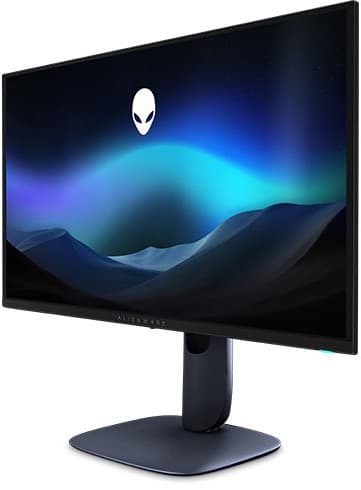
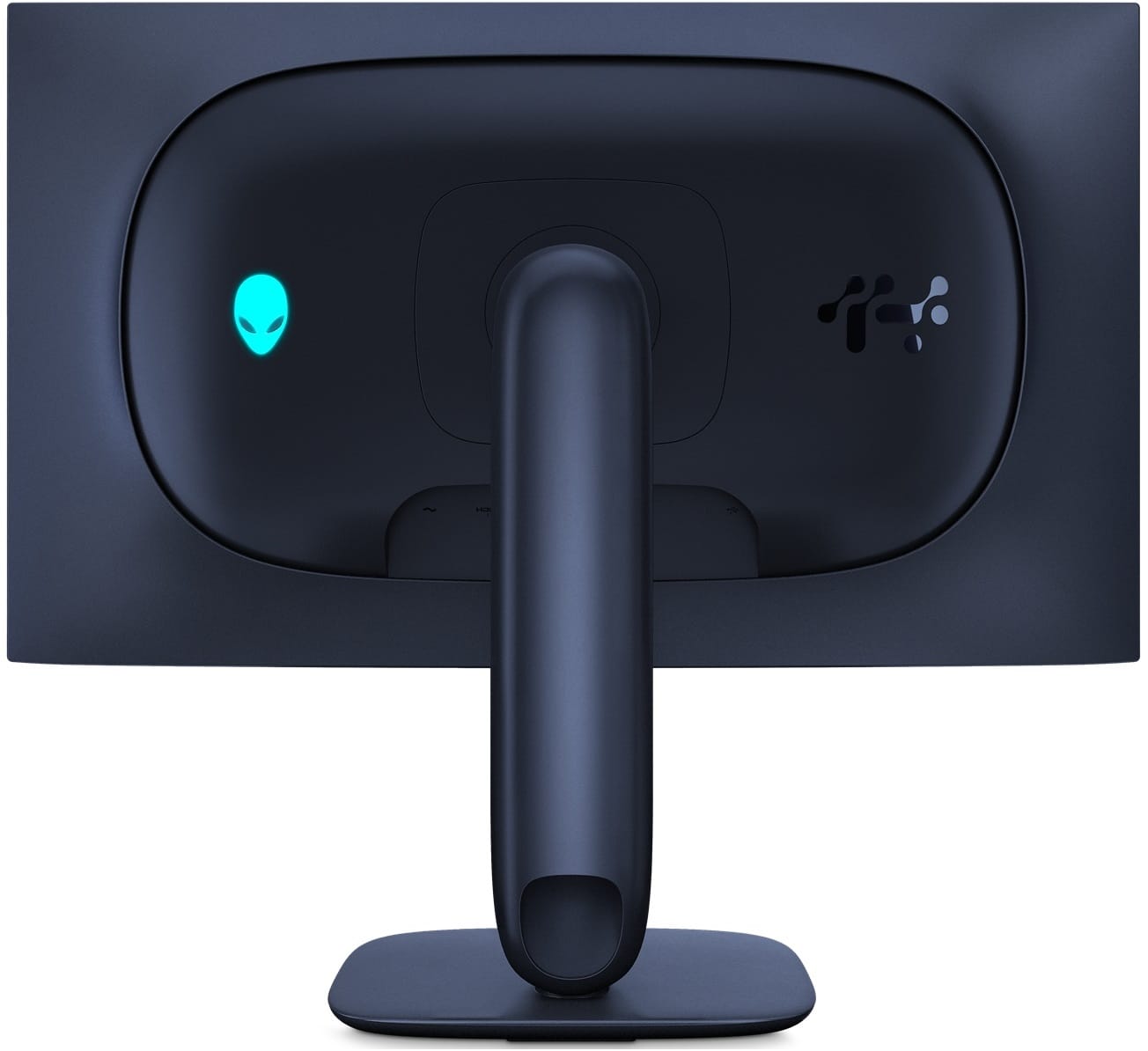
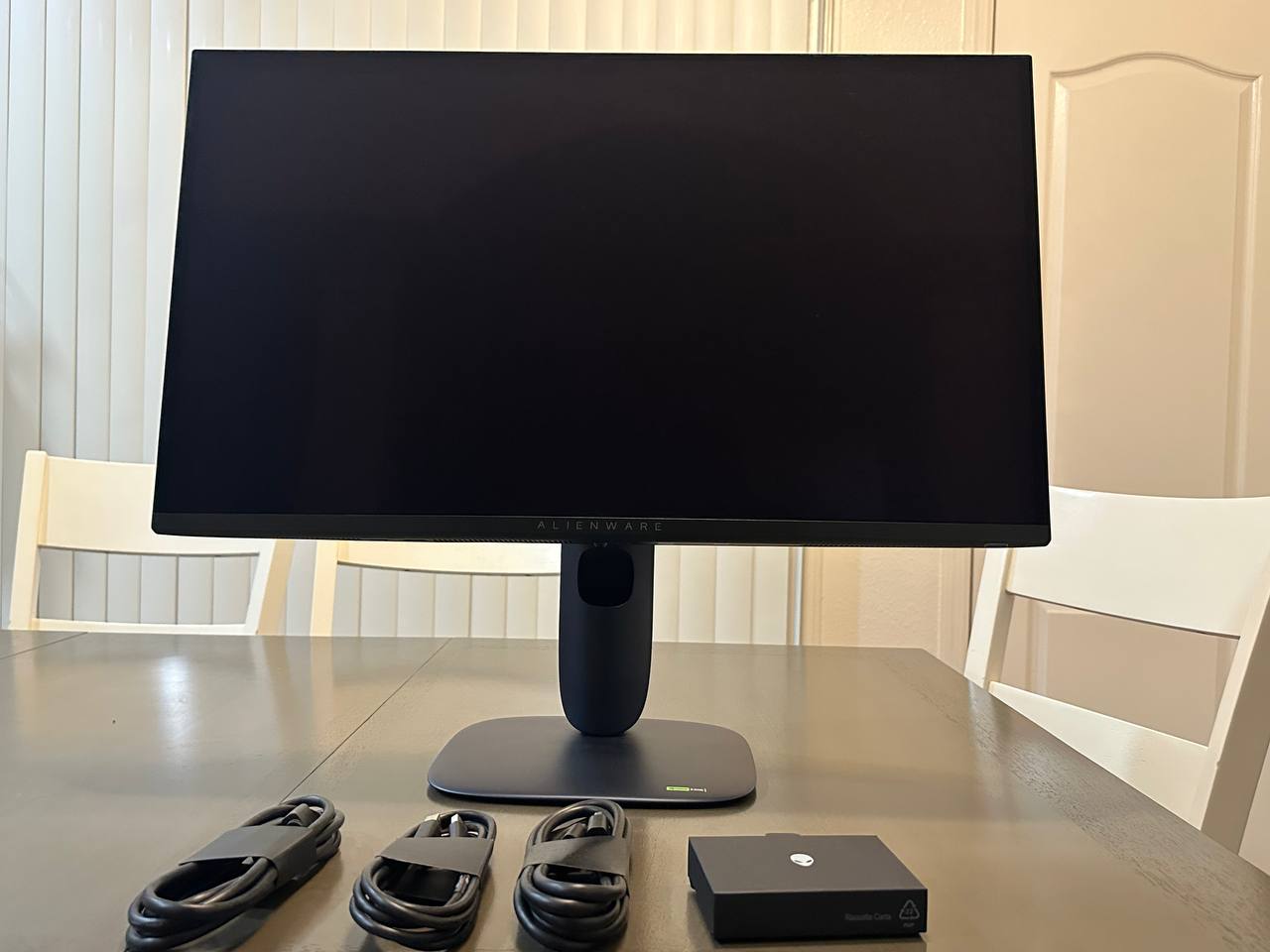
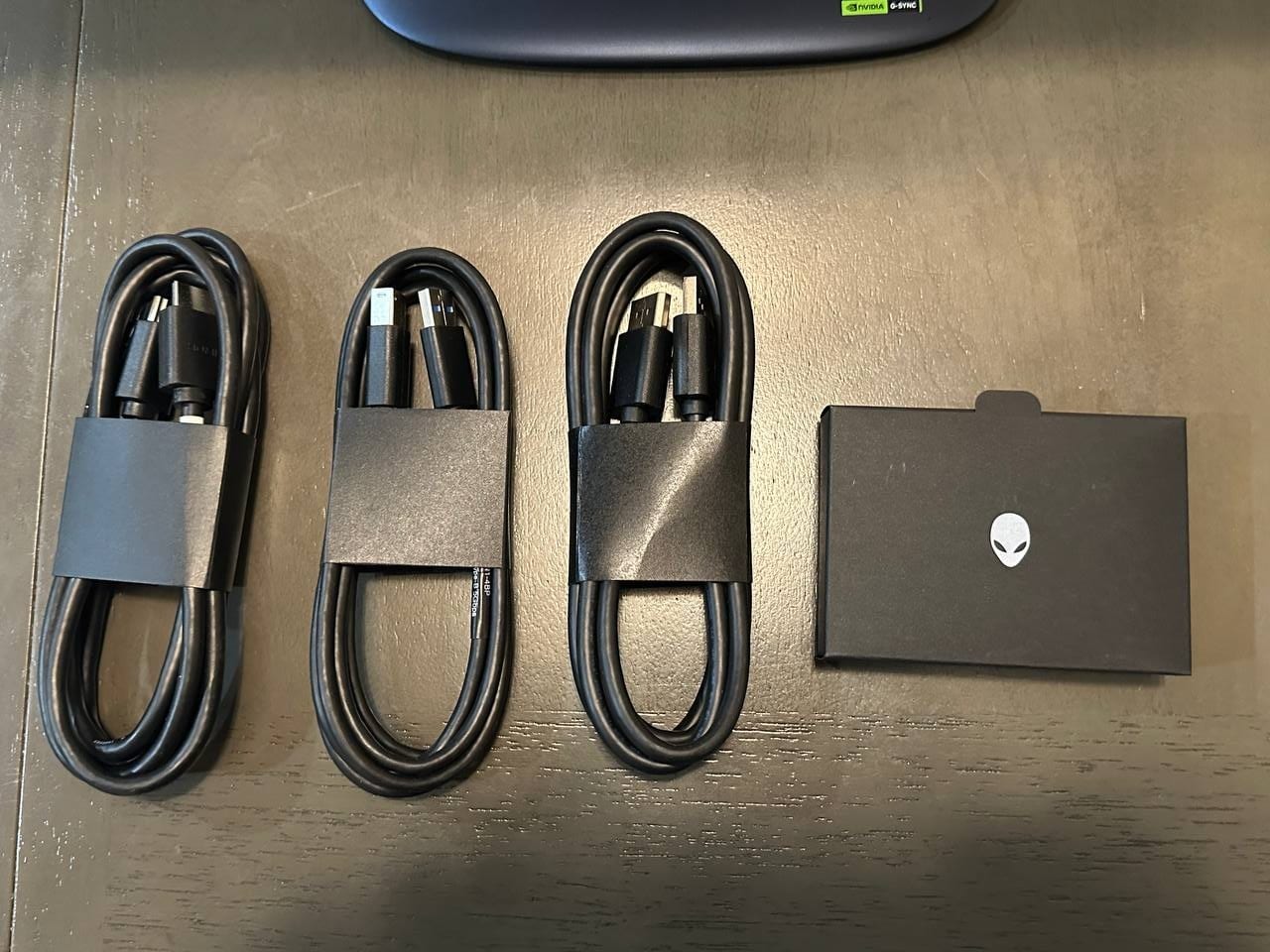
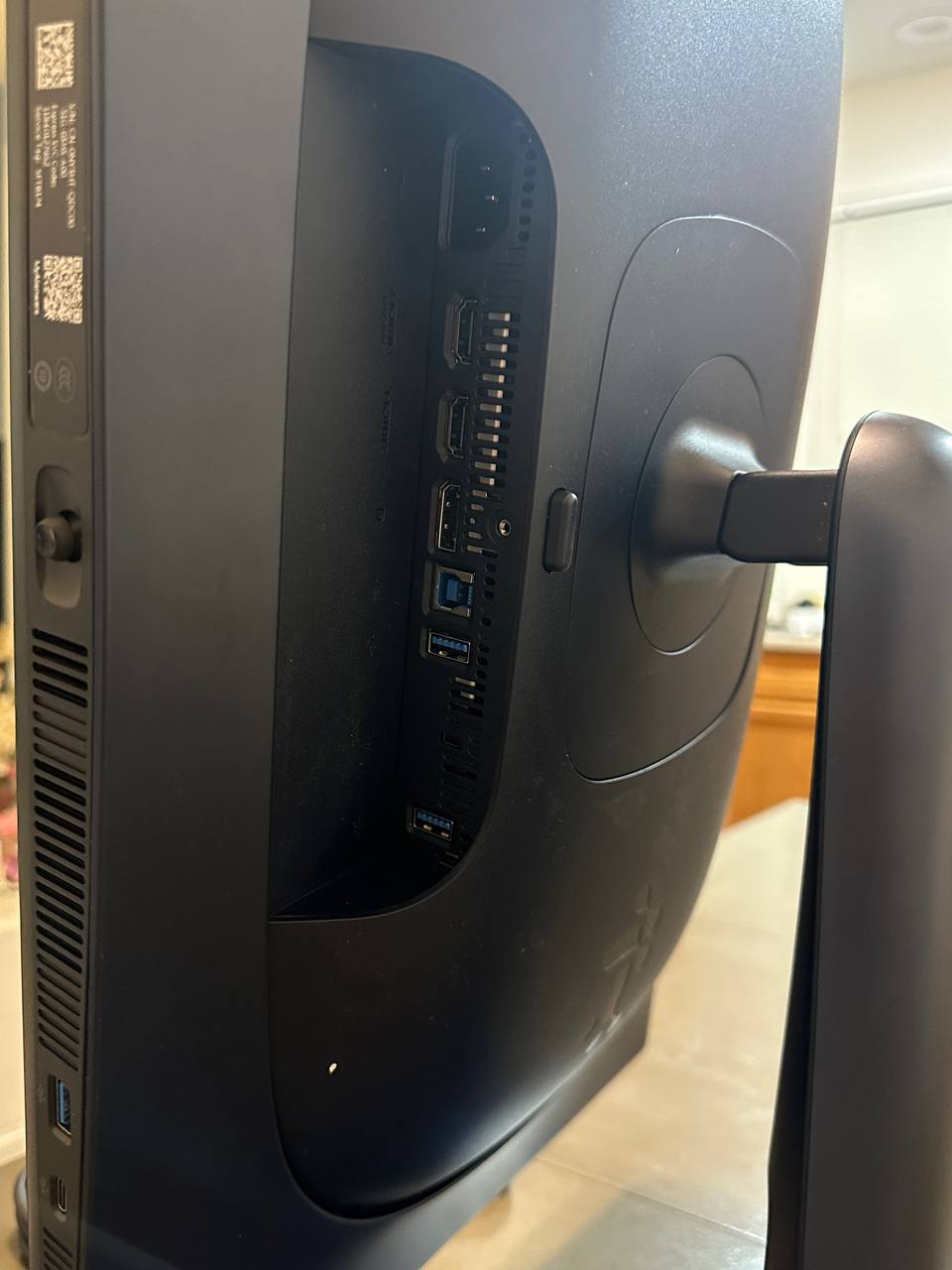
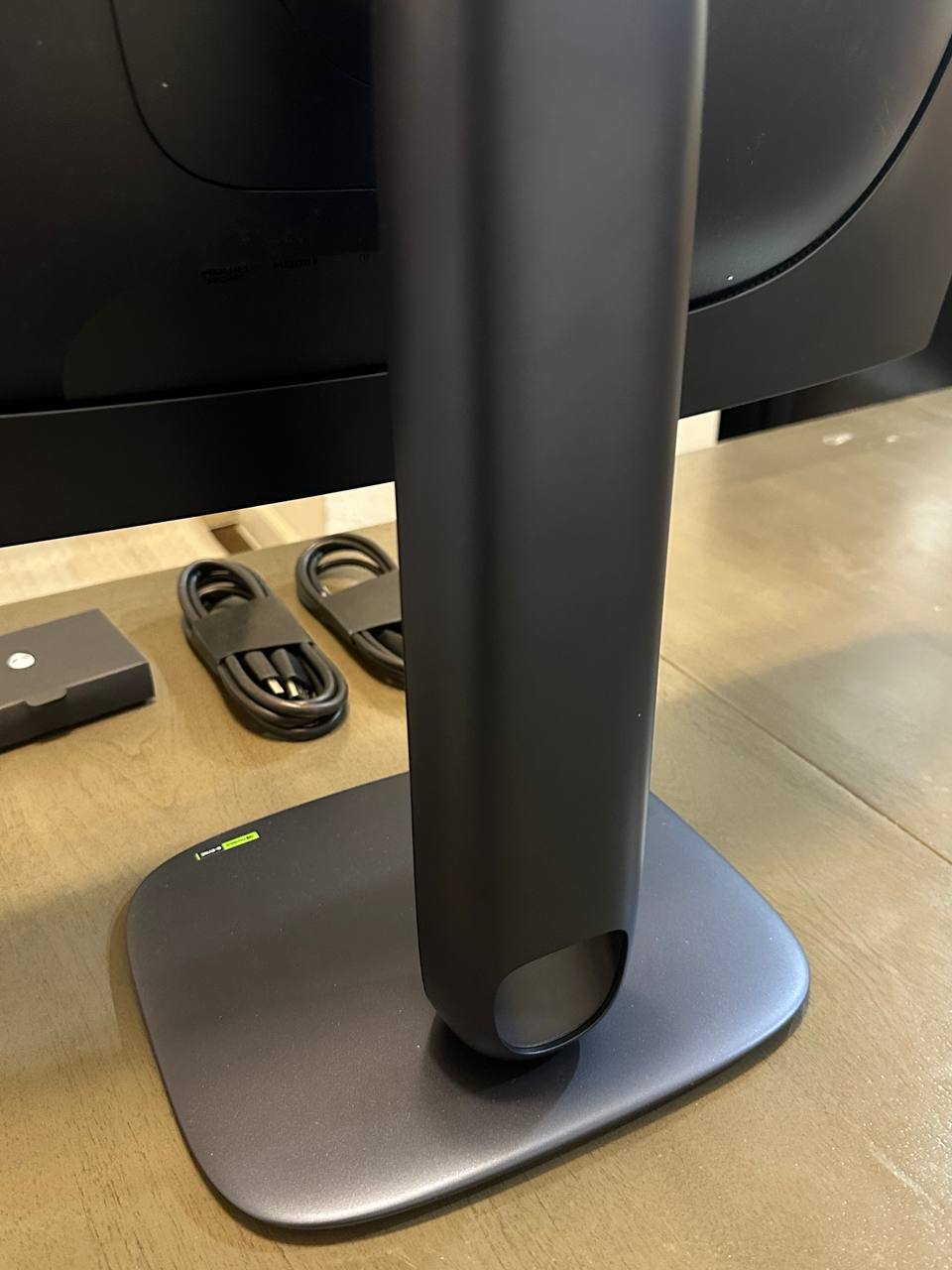

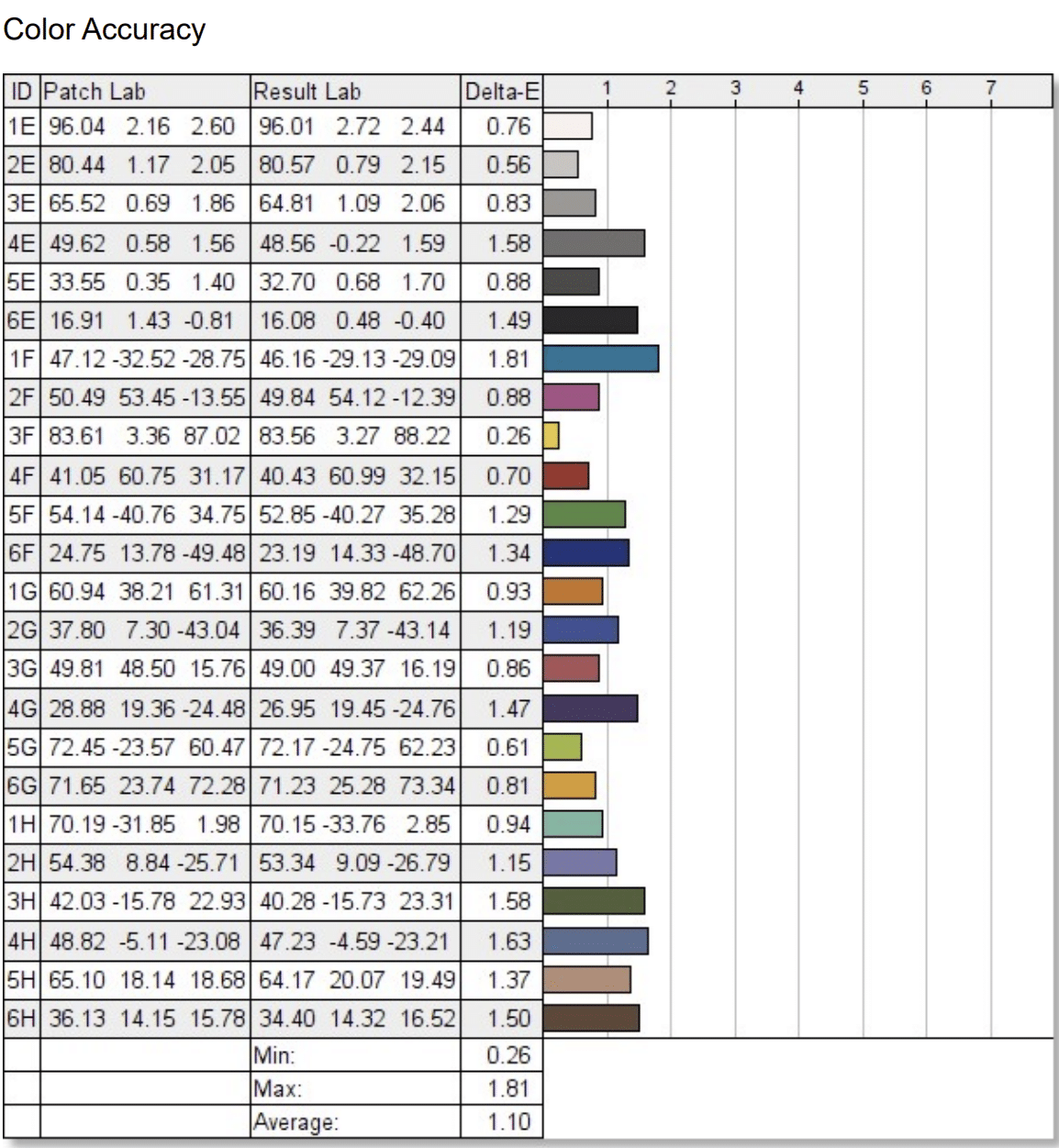
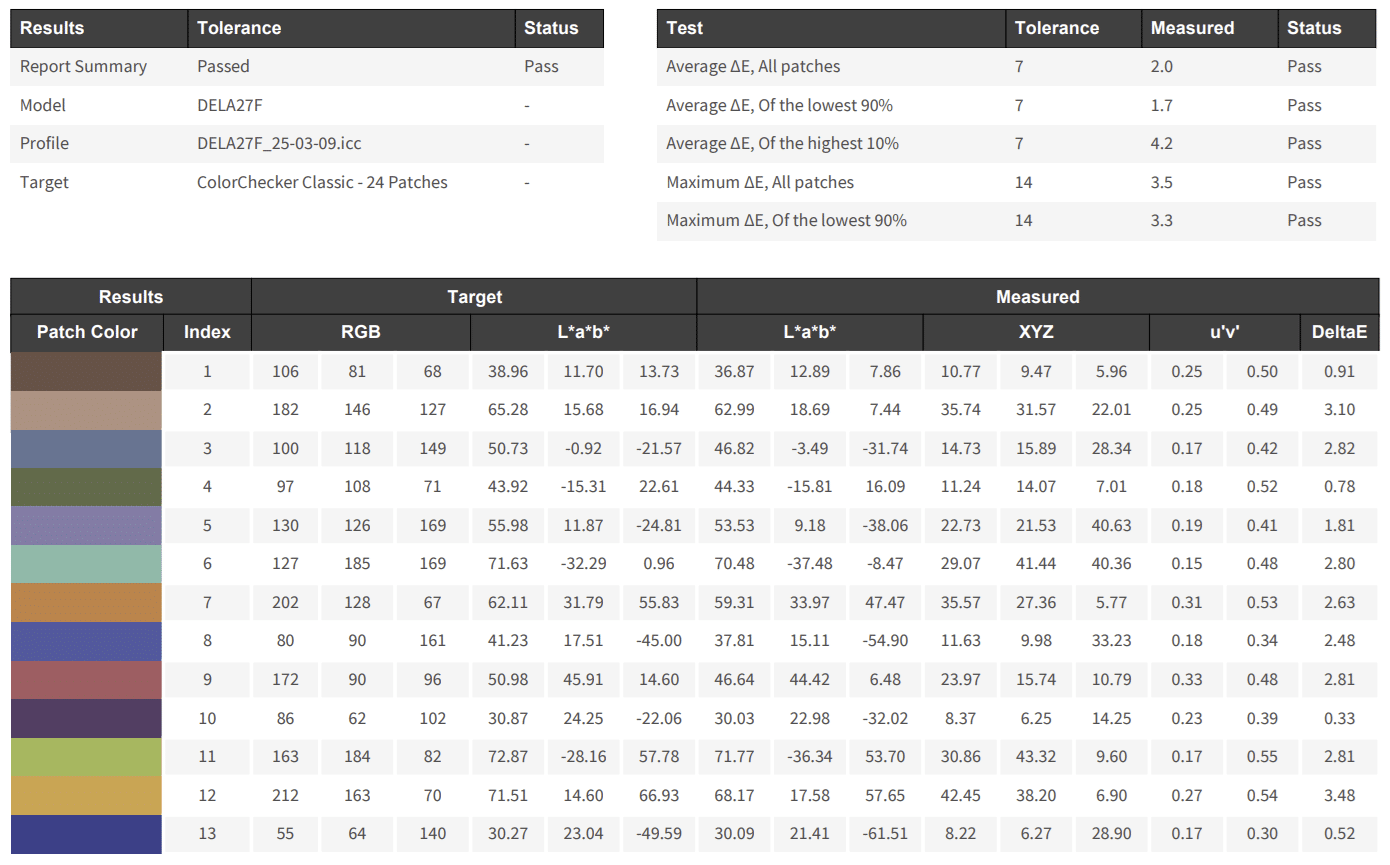
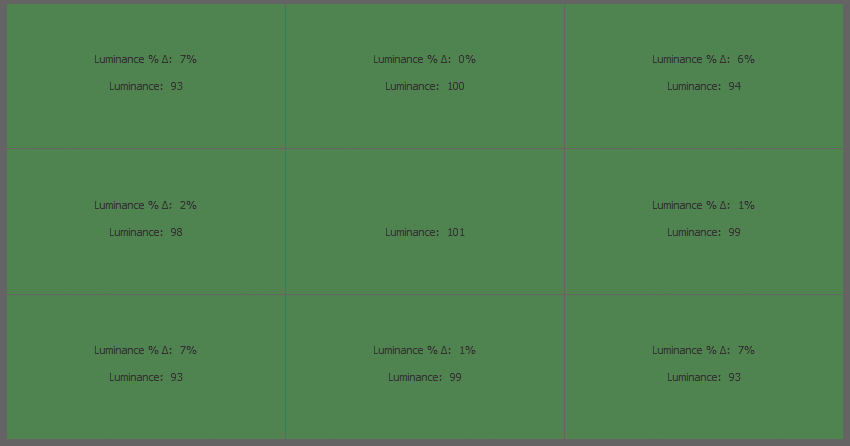
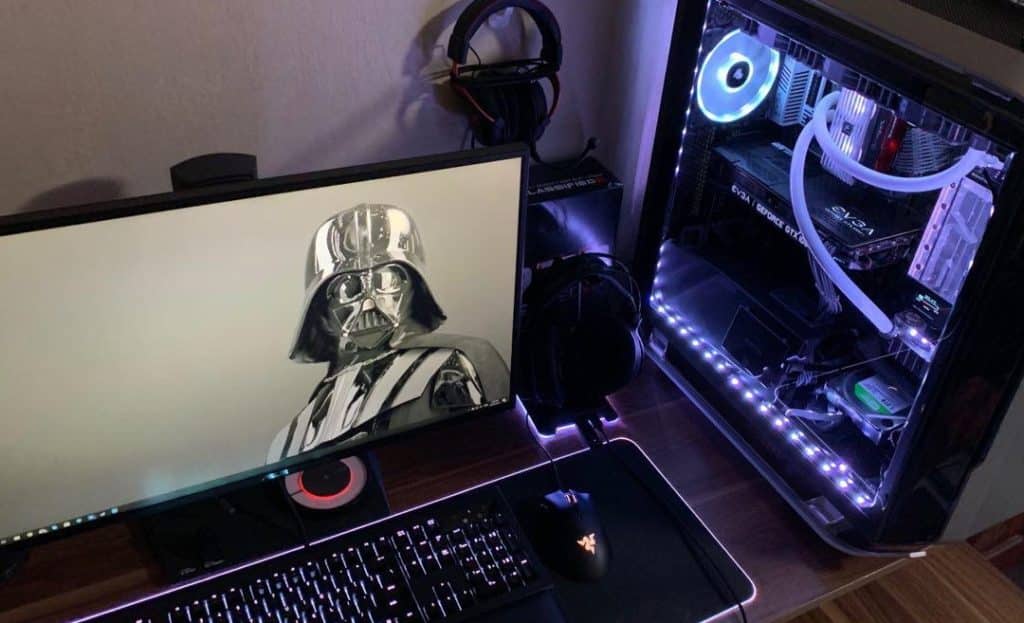
Leave a Reply